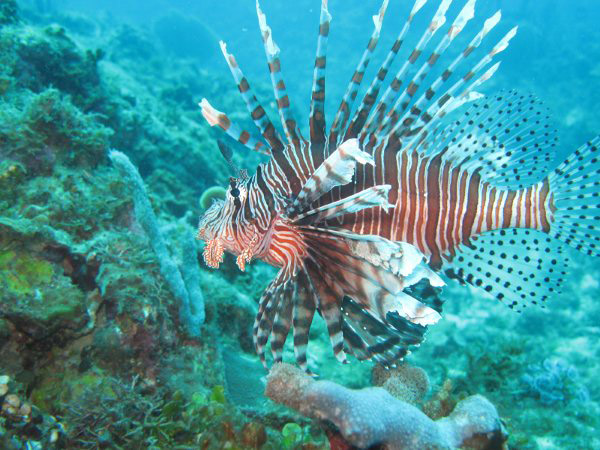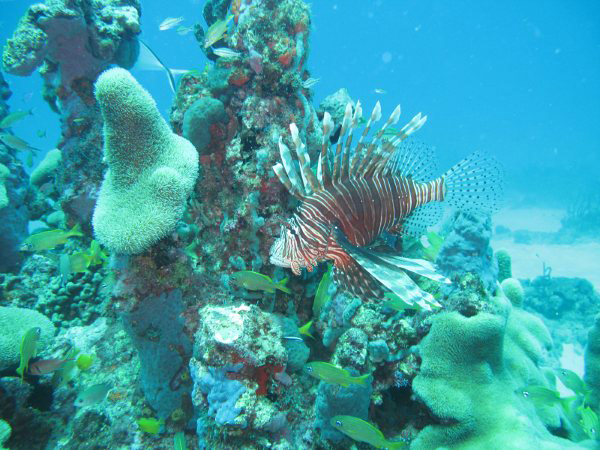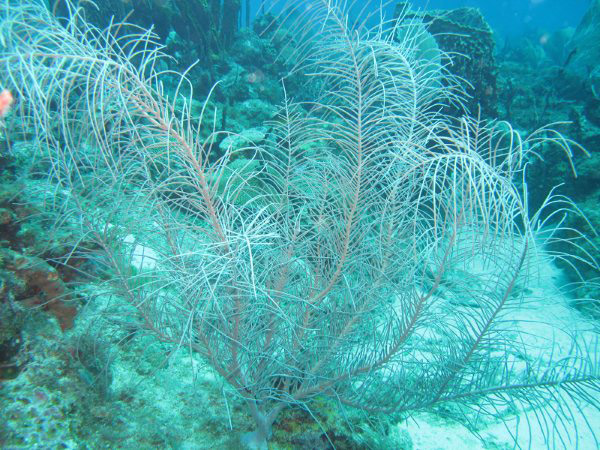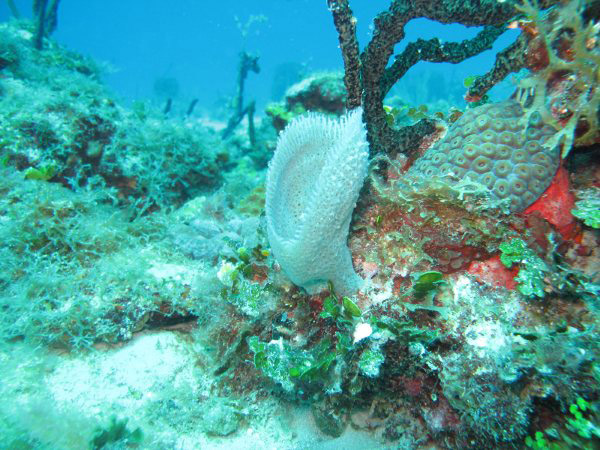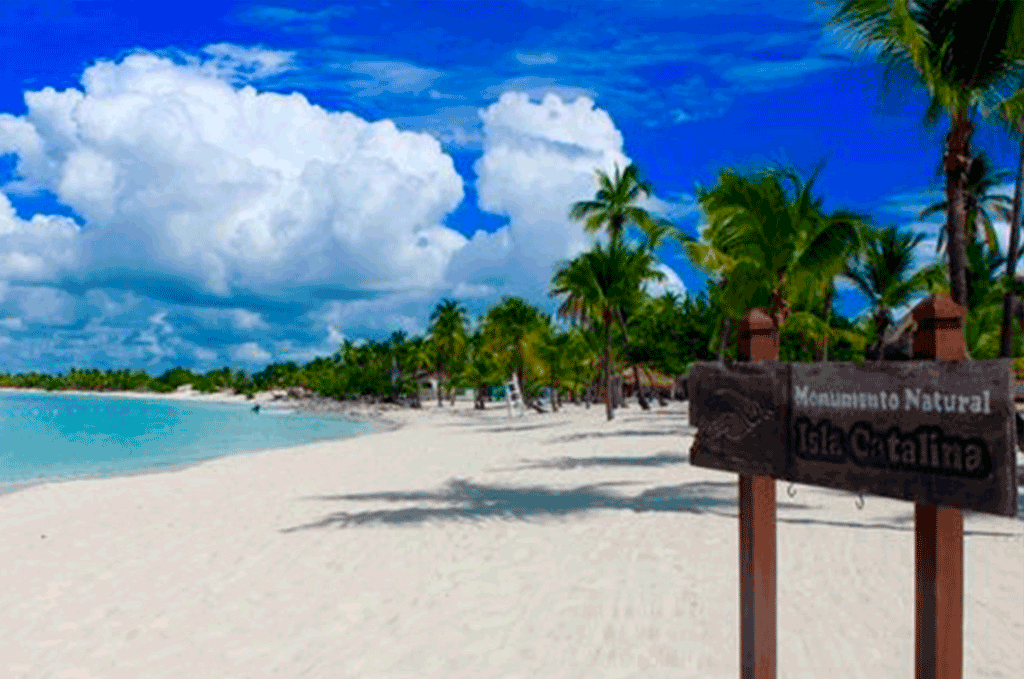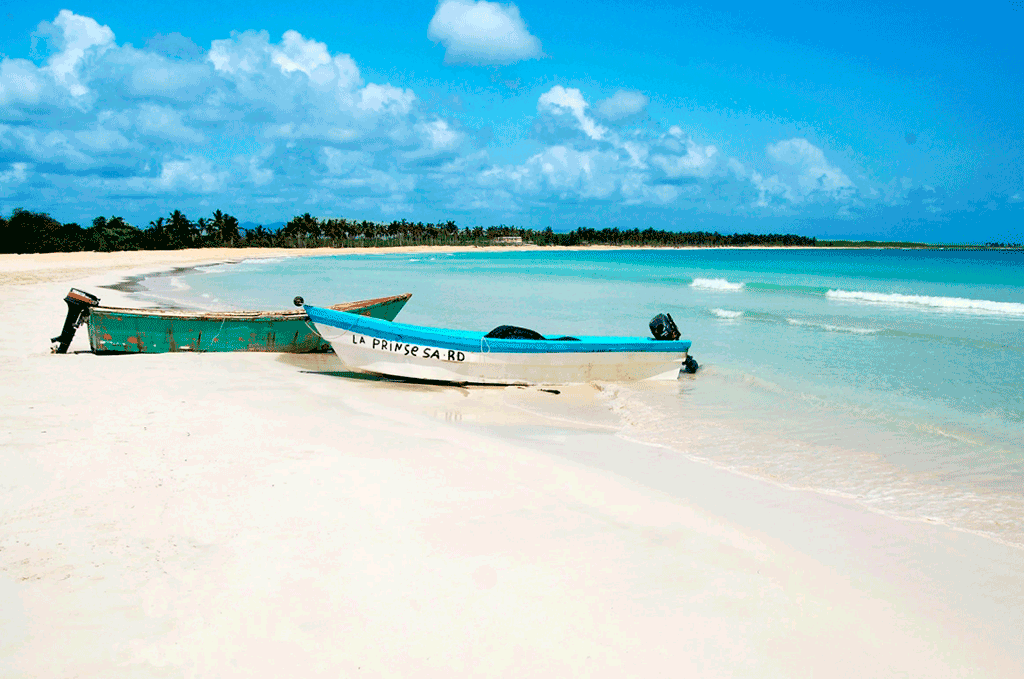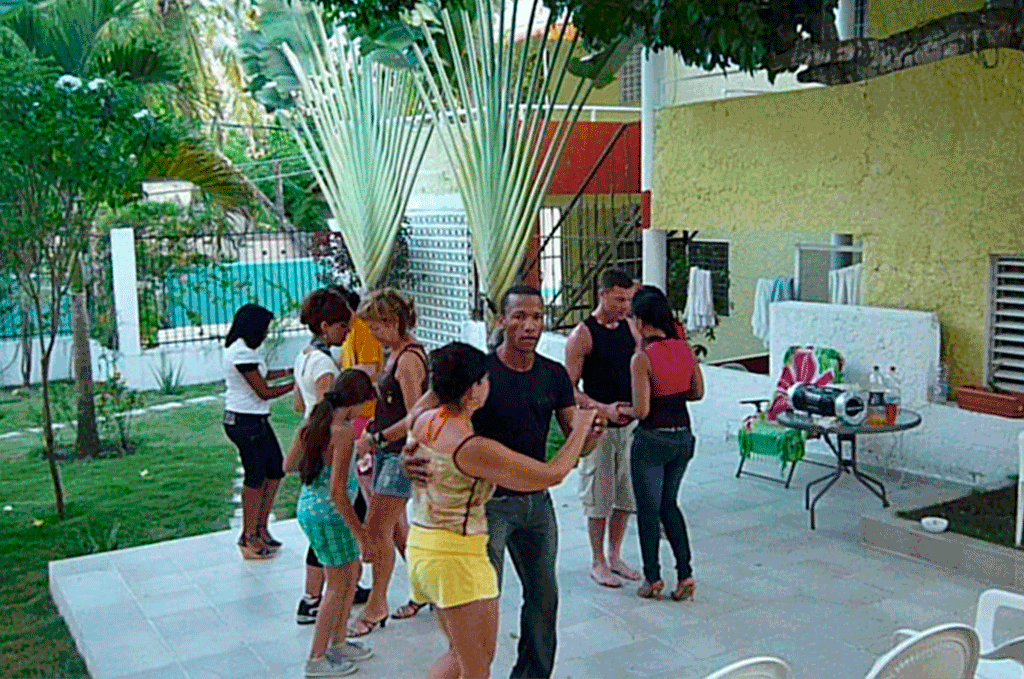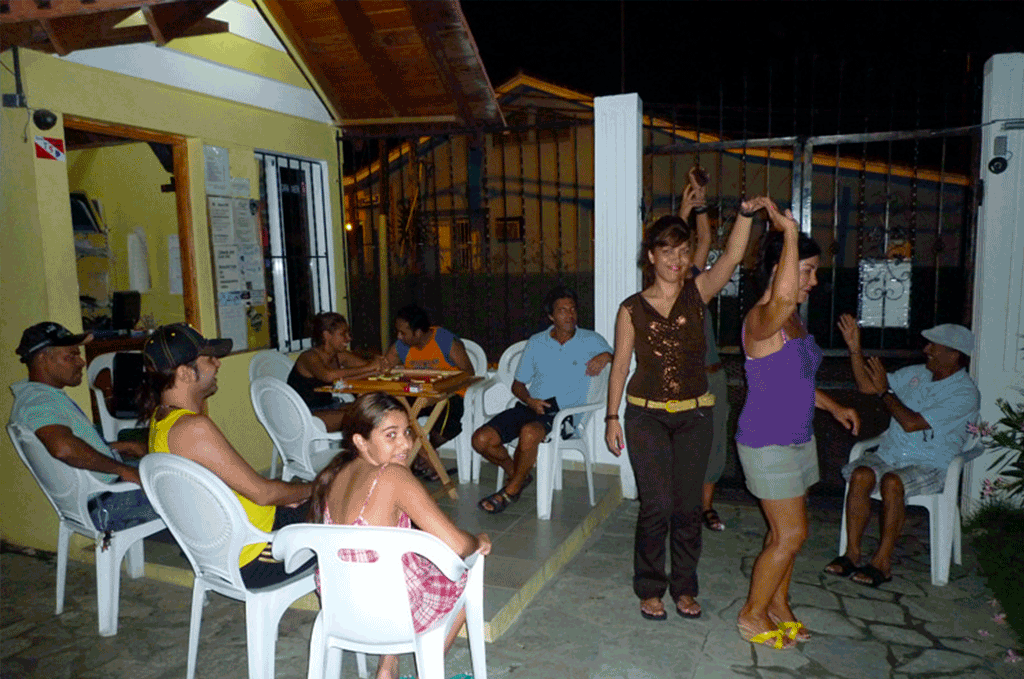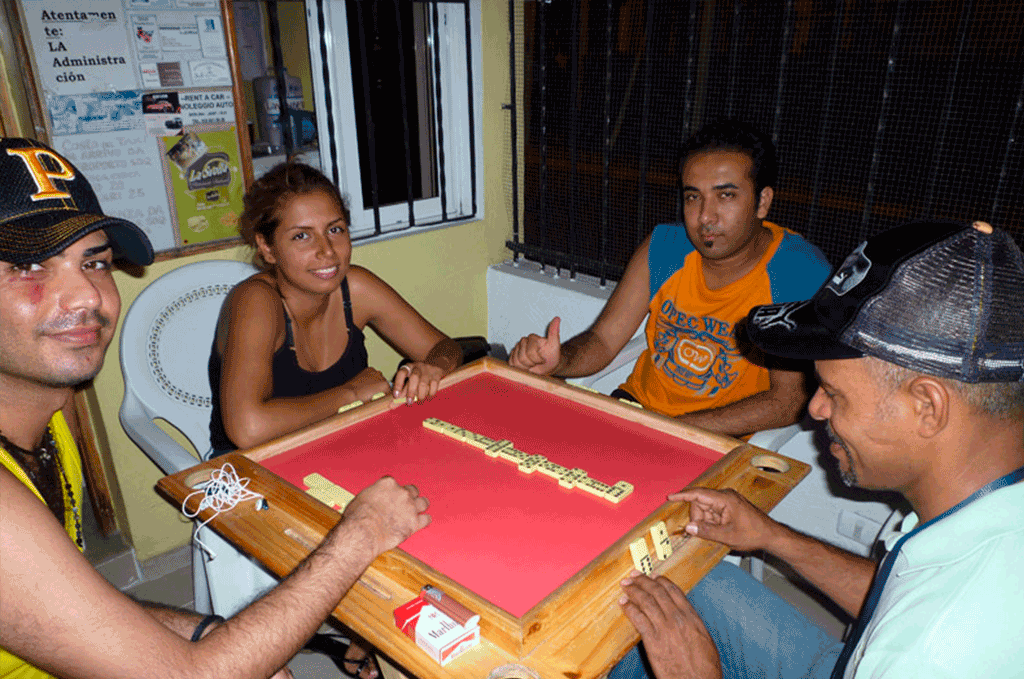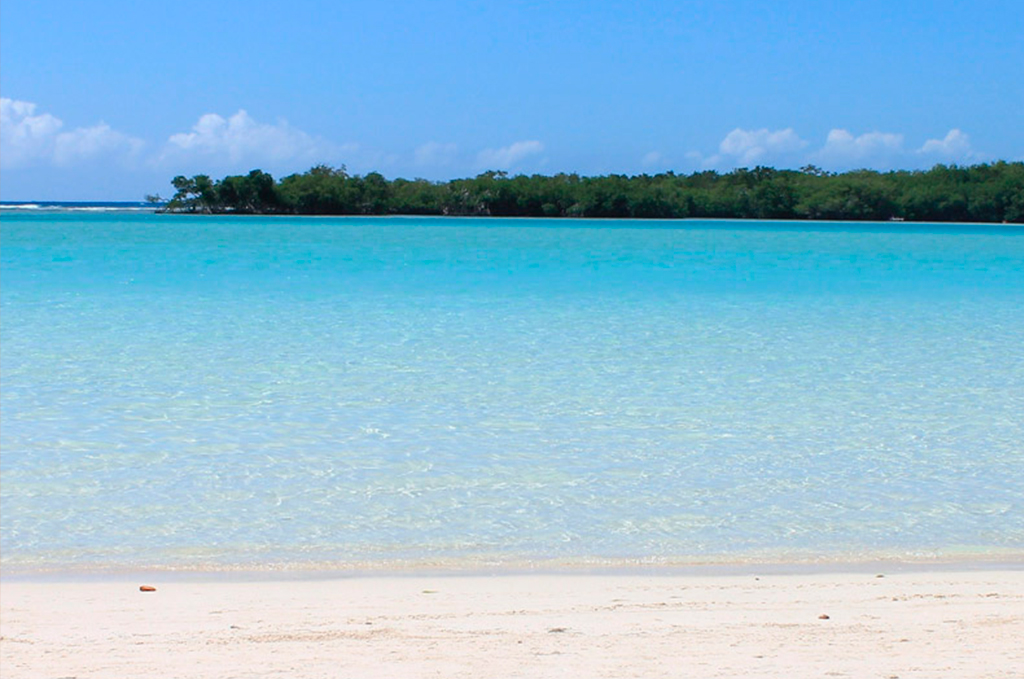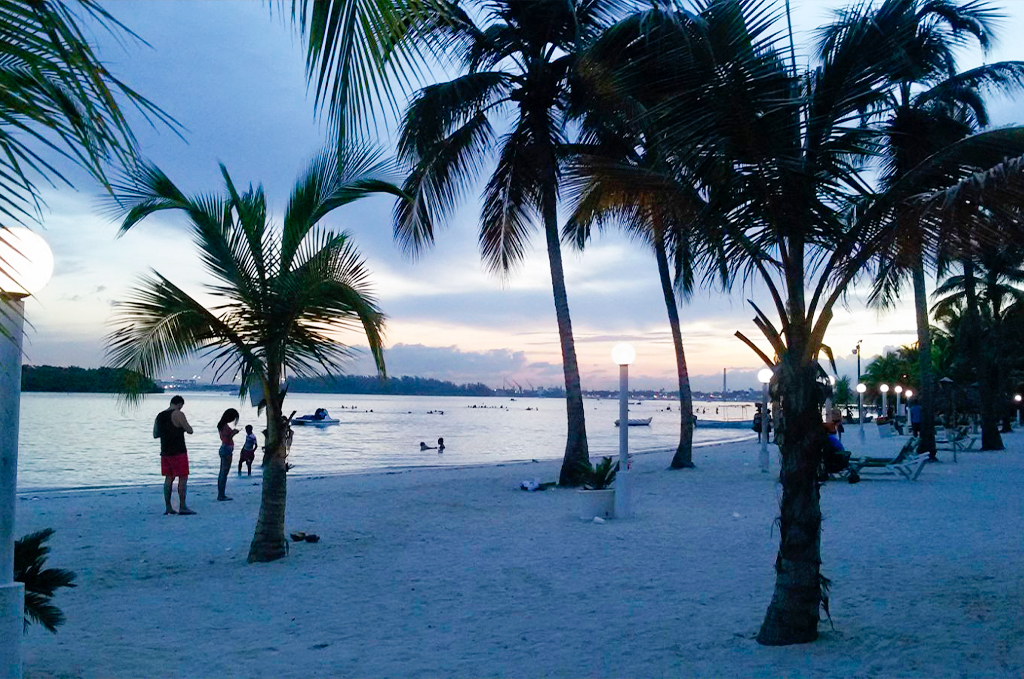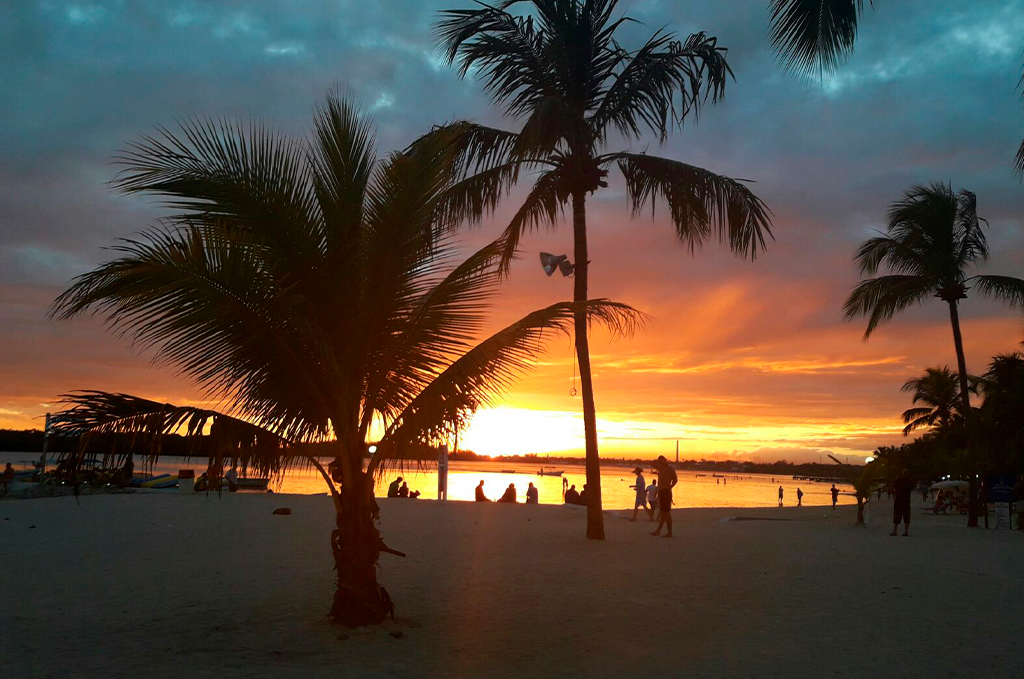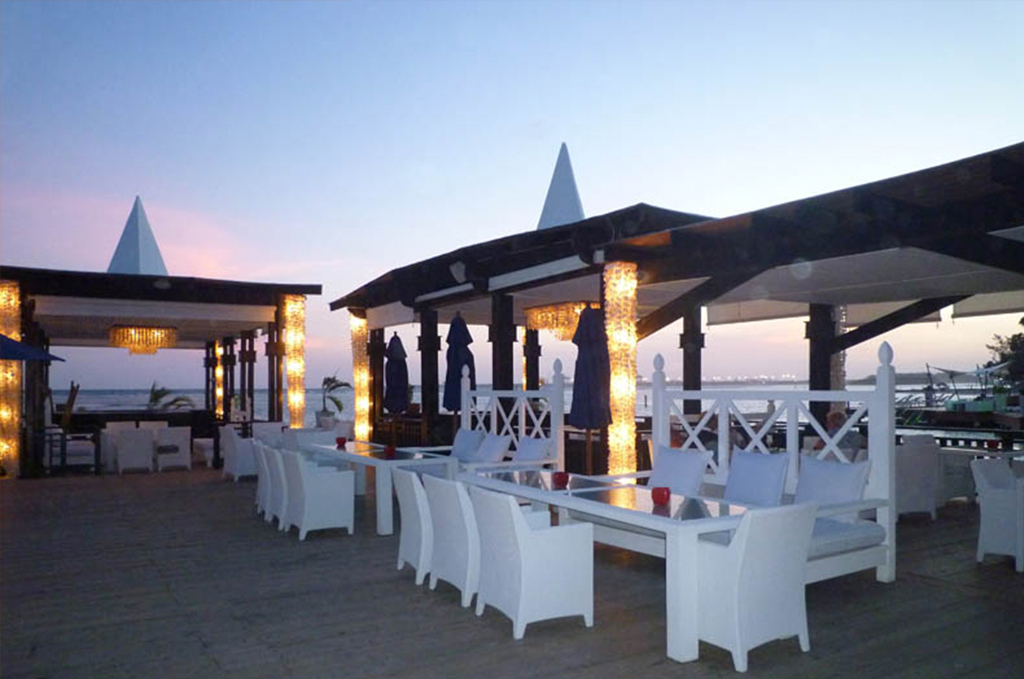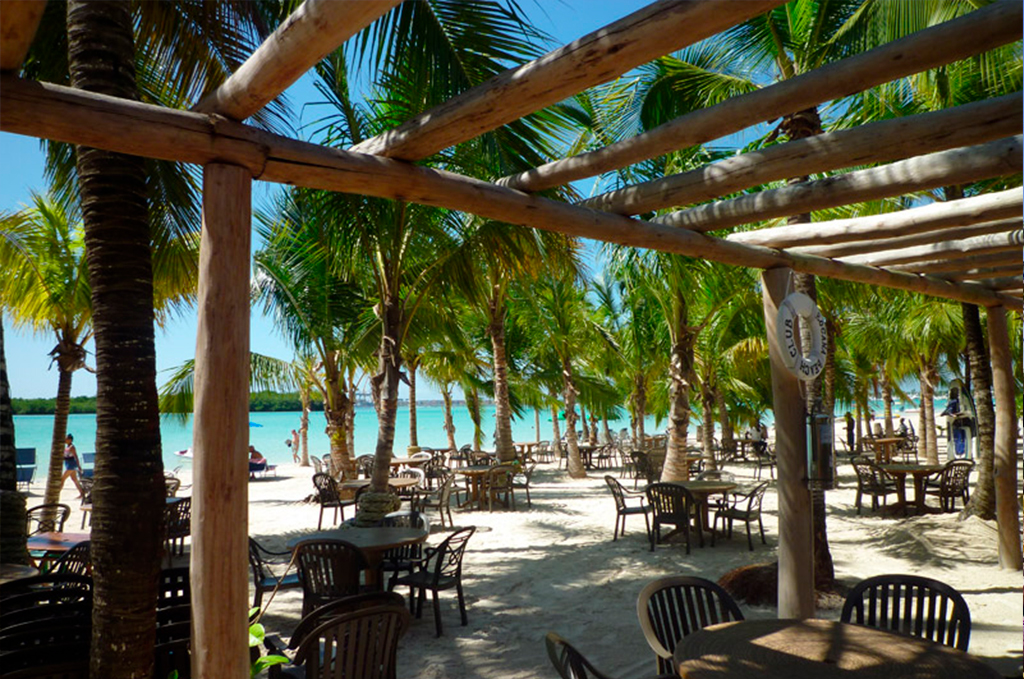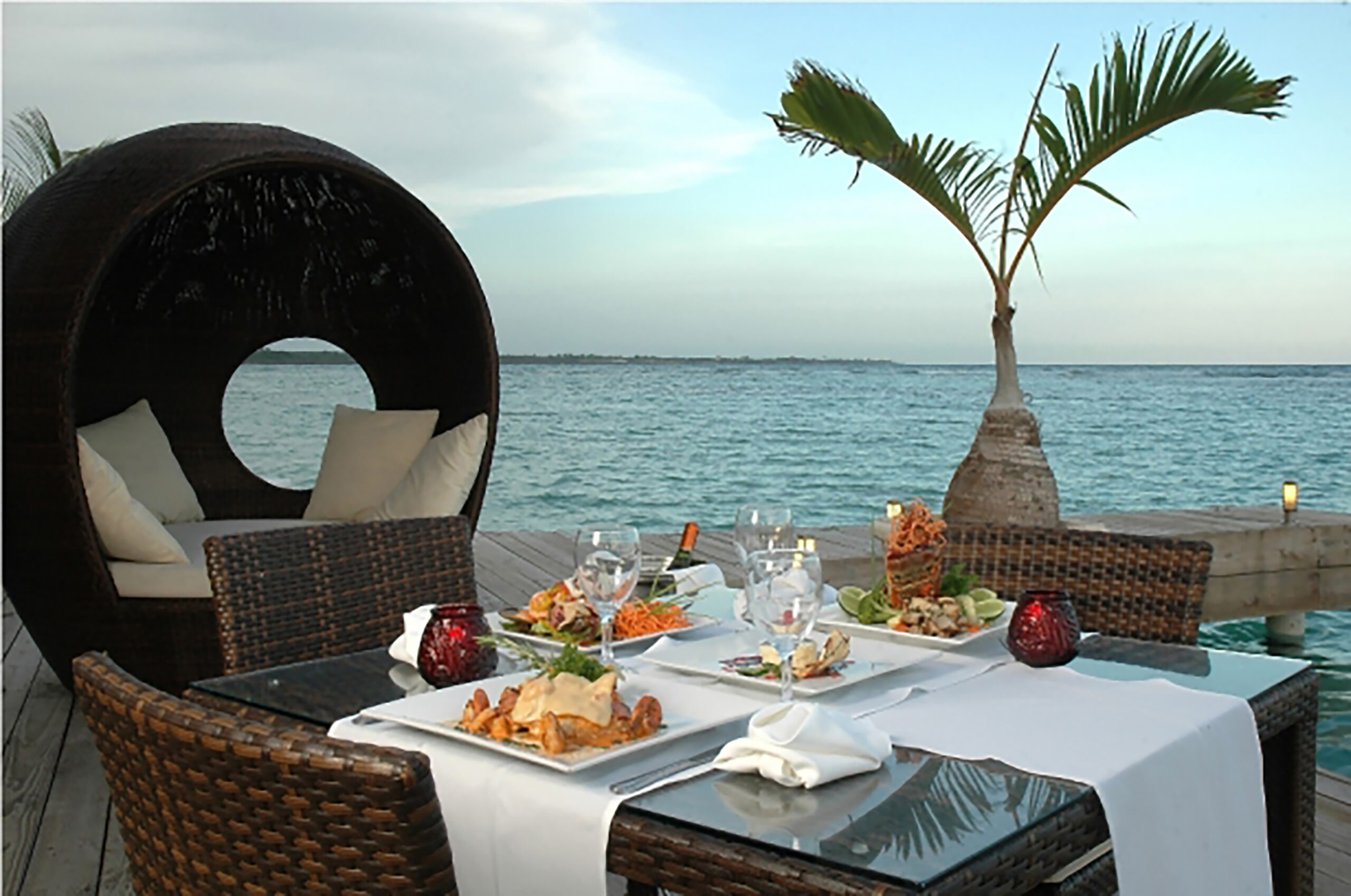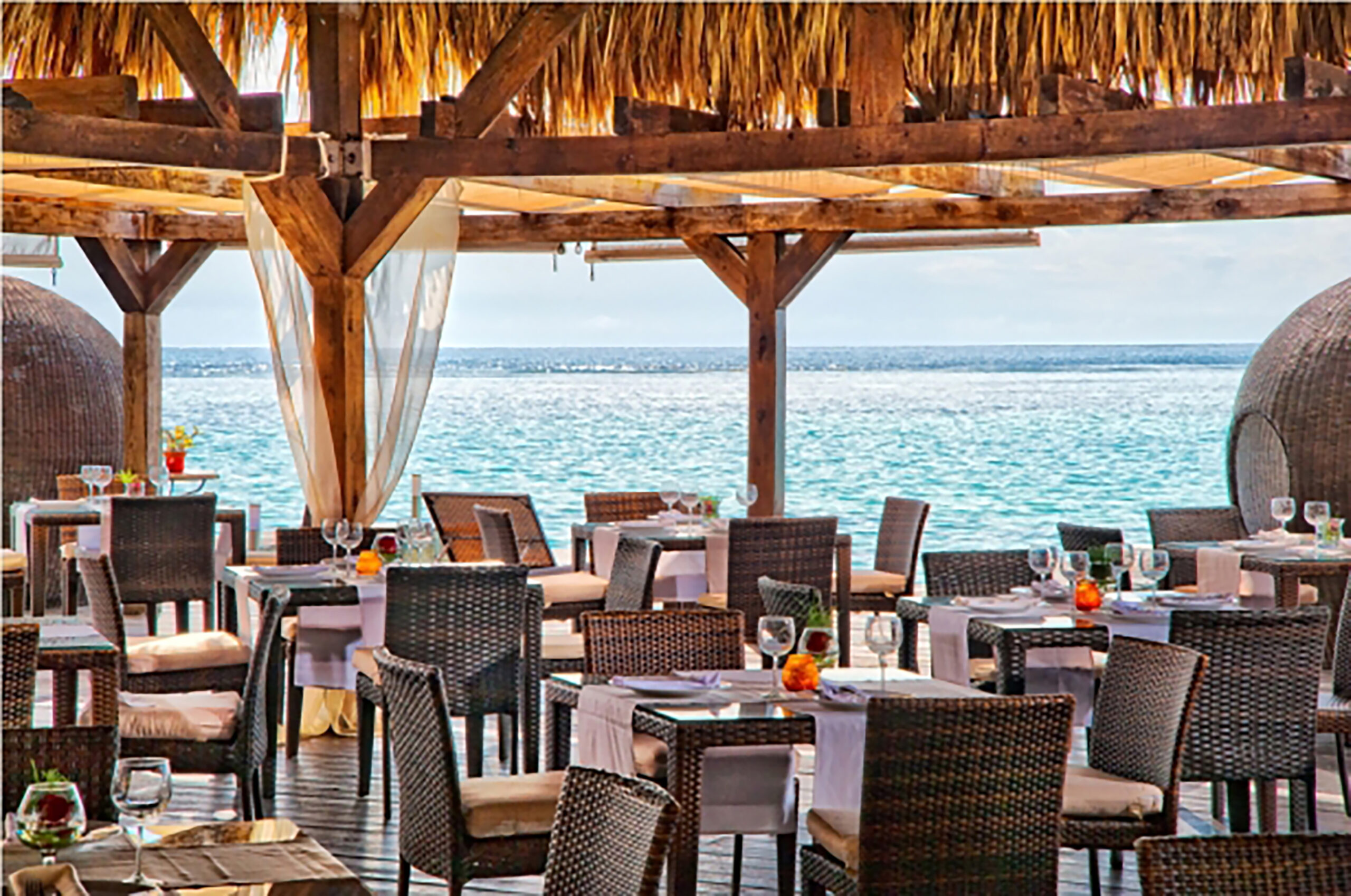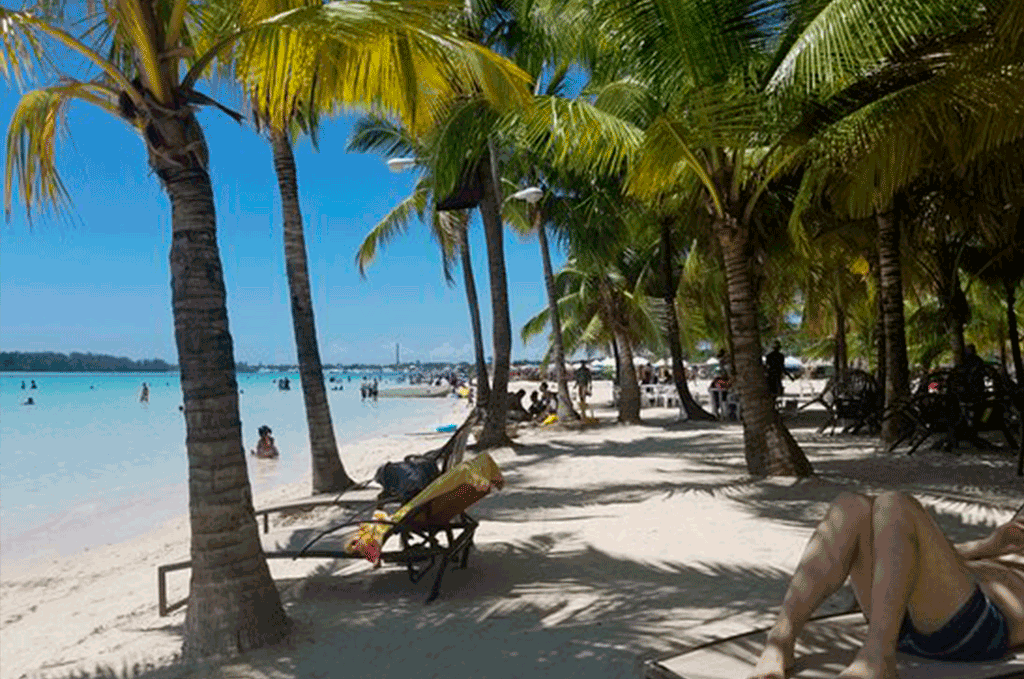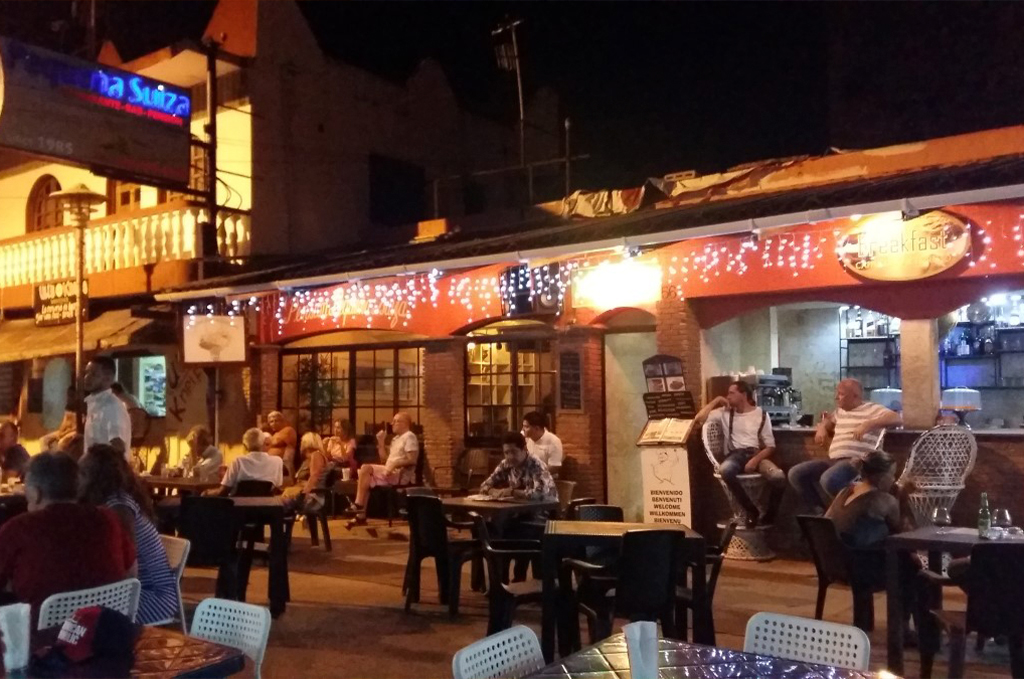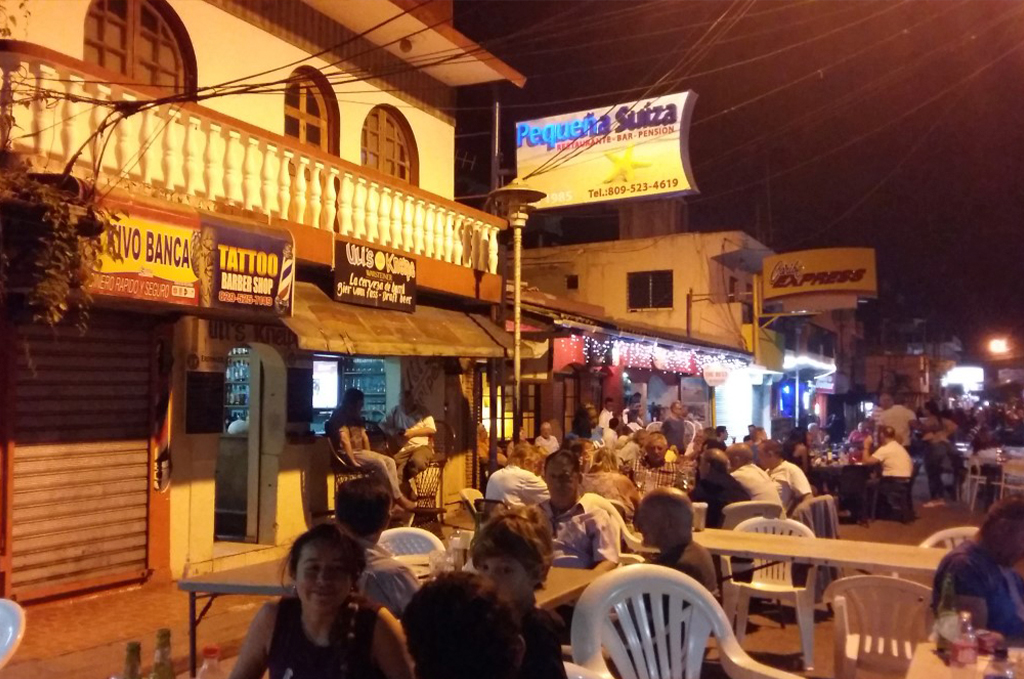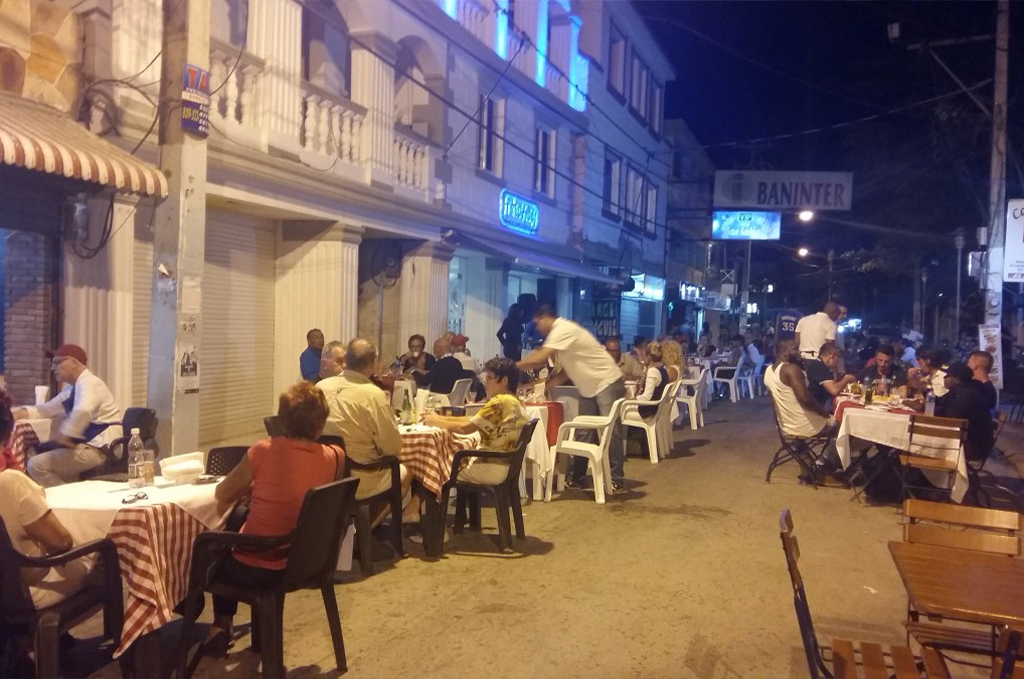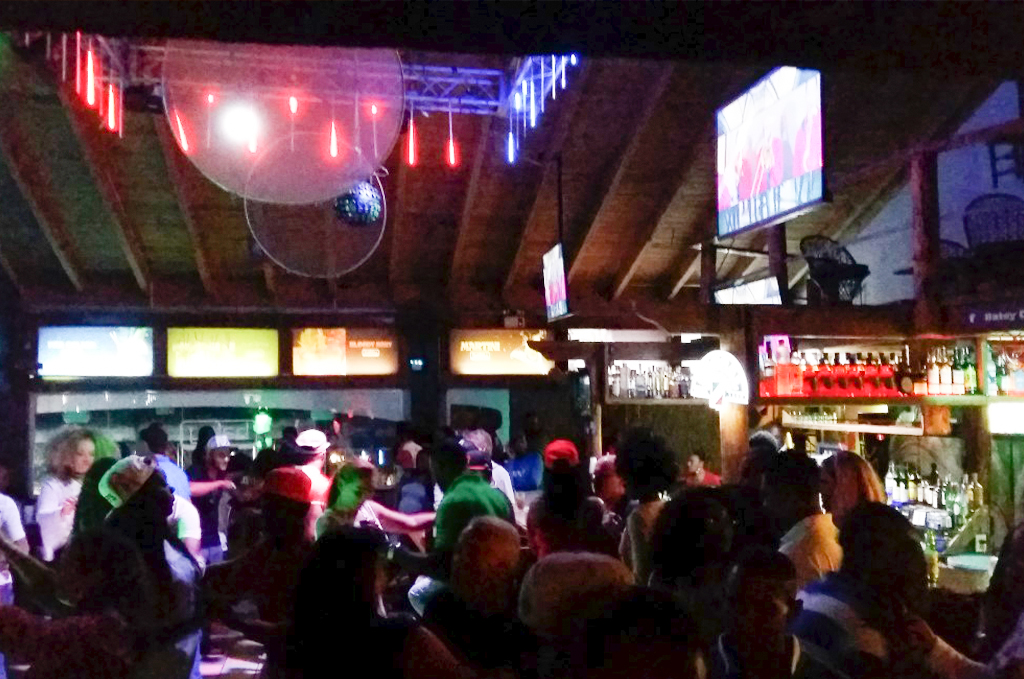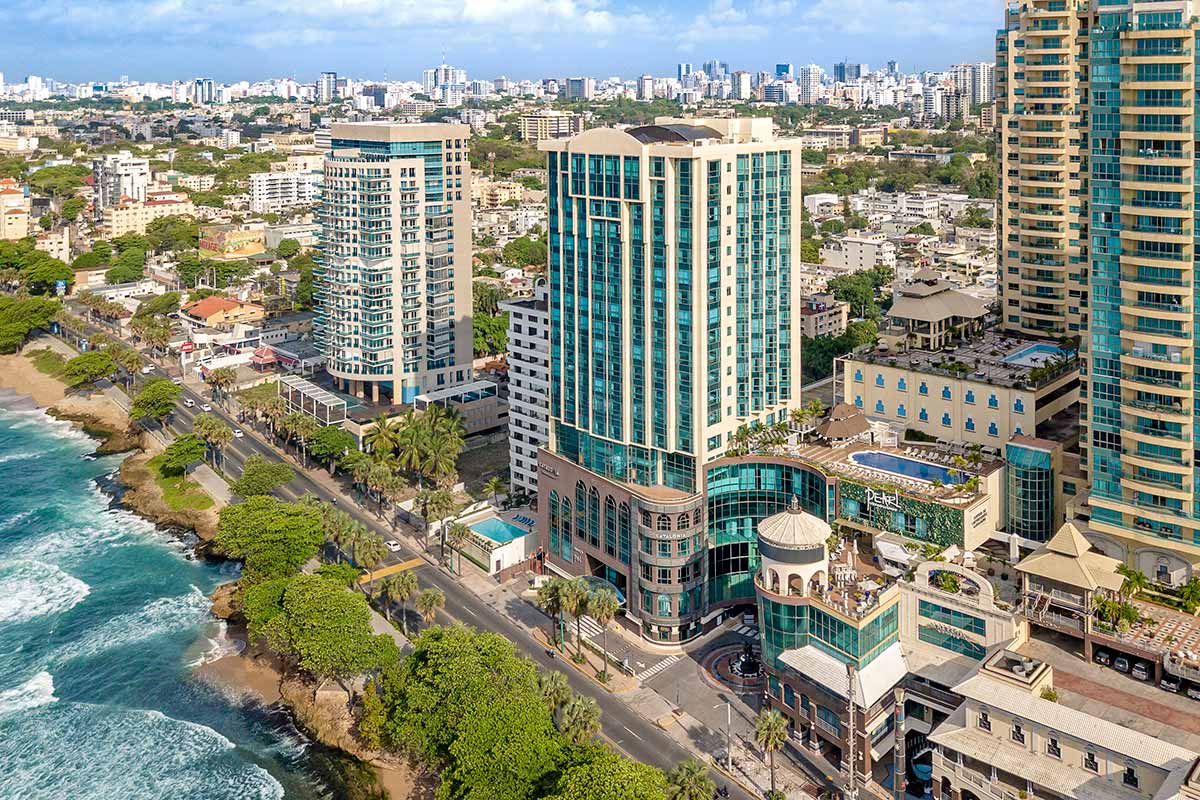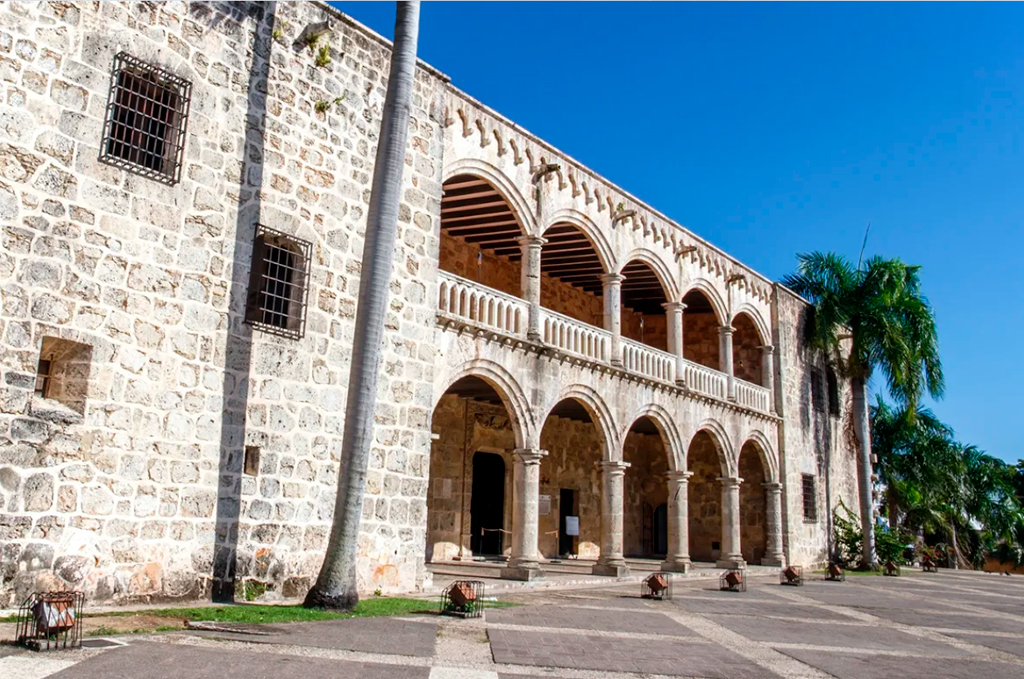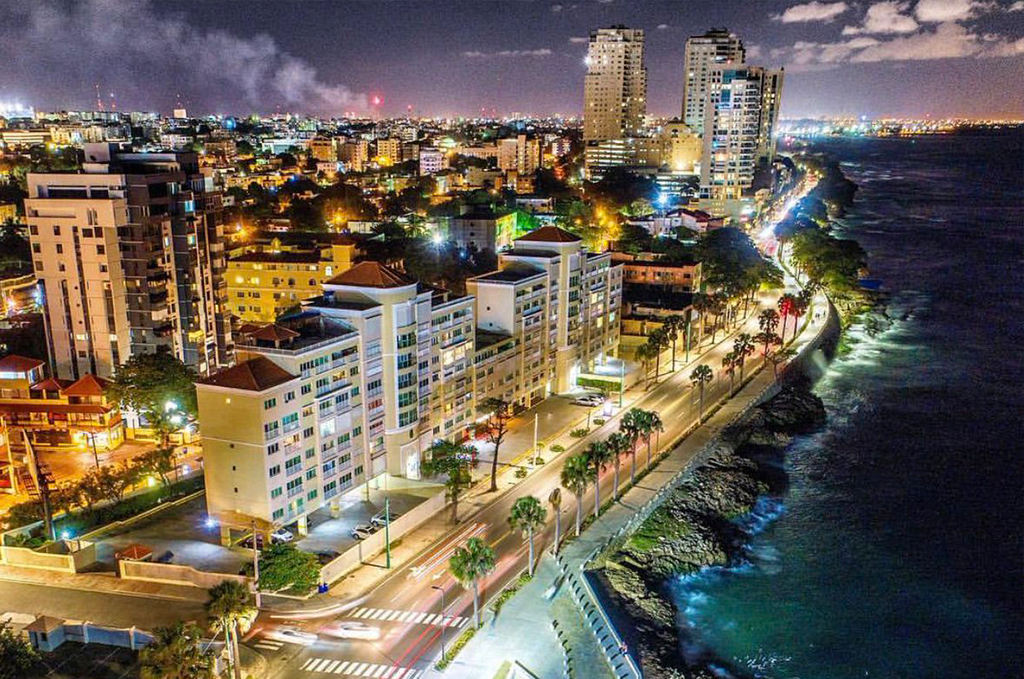REPÚBLICA DOMINICANA
In pre-colonial age, the island of Quisqueya (mother of all lands) and later renamed Hispaniola, was inhabited by a population called “Taino”, which in the Aboriginal language had the meaning of “good” “noble”. On December 5, 1492, Christopher Columbus landed on the island, which returned to a Spanish colony and the first nucleus inhabited by Europeans in the new world was born.
The Spanish domination led a regime of exploitation of the natural wealth and slavery of the population, which caused a collapse of their physical conditions and hope in the future. The Tainos were killed en masse, as the only escape from slavery and evil treatments.
With the introduction of the intensive elaboration of sugar cane, the outline of the black slaves of the various tribes of Africa began, the Taino being practically extinct.
In 1600, the majority of the population moved in the neighborhood of Santo Domingo, the capital, to escape the continuing threat of pirates. This created a general impoverishment of the economy and allowed pirates to occupy the eastern part of the Dominican Republic and organize their impact on ships going to and from Europe.
In the late 1800s, in the western part of the island, a slave rebellion marked the independence of Haiti, the French colony, and the mother country …. Napoleon sent a military expedition to the reconquest, but it failed and declared definitive independence and the abolition of slavery.
The Dominican Republic, after a short independence, in 1822 was invaded and dominated by Haiti itself, until 1844 when a people’s movement led by Juan Pablo Duarte reported independence. The newborn state, was placed under the protection of the United States, France and England, but facing the risk of invasion by the United States, in 1860 he signed a treaty of remission to Spain. The treaty sparked a revolt, concluded with new independence.
Beginning in the 1863s, the presidents were democratically elected, until when the United States to defend economic interests on the island, in 1930 supported the dictator Trujillo, who ruled hard and massacred most of the Haitians, returning the lands to Dominicans.
On the death of the dictator, assassinated in 1961 by a conspiracy, his partner Joaquín Balaguer tried to remain in government, but Juan Bosch Gavino, founder of the Dominican Revolutionary Party (PRD), won the elections.
His policies were not accepted by the United States, which participated militarily and in 1965 they elected Joaquín Balaguer, who ruled until 1978 and then from 1984 to 1996. In the interval, the Dominican Revolutionary Party returned. Political instability created disastrous economic consequences and stopped the development of the country.
DEMOGRAPHY
The population of the Dominican Republic has approximately 9 million inhabitants. Most of them live in Santo Domingo, the capital and in other cities, while only a third live in the interior and dedicate themselves to various agricultural crops: sugar cane, coffee and more. The inhabitants are mostly mulattoes, born thanks to the union of the Europeans with the Africans.
The culture has Hispanic influences and also American and African. The official religion is Catholicism, but there is a strong presence of the Evangelical Church.

